40 what are gmo labels
› gmo-facts › what-is-gmoWhat is a GMO? - The Non-GMO Project A GMO, or genetically modified organism, is a plant, animal, microorganism or other organism whose genetic makeup has been modified in a laboratory using genetic engineering or transgenic technology. This creates combinations of plant, animal, bacterial and virus genes that do not occur in nature or through traditional crossbreeding methods. Genetic modification affects many of What do GMO-free and natural labels mean? | Plate-Wise If a food is labeled as genetically modified organism (GMO), then we know that it has been "derived from organisms whose genetic material (DNA) has been modified in a way that does not occur naturally." 1 The confusing part to me is that GMO labeling can imply the superiority of non-GMO foods, and that's simply not true.
GMO Foods Will Be Labeled 'Bioengineered' - Verywell Health 07/01/2022 · Bioengineered food labels can include the word "bioengineered," a USDA-created bioengineered logo, a QR code, or a phone number to text for more information. Advocates are worried that the new term will confuse consumers and that food companies can take advantage of regulatory loopholes. Grocery shoppers have to embrace a new term: bioengineered. The U.S. …

What are gmo labels
GMO Labeling | Science of GMOs Voluntary labels stating that foods are non-GMO are widely available. Foods and food products that are certified as organic by USDA's National Organic Program meet a set of standards that prohibits all use of GE technology in organic food production and processing, so the USDA Organic label indicates that foods do not contain GMO ingredients. Government's rules for GMO food labels fail to protect consumers ... The government's rules for labeling GMO foods, those produced with genetic engineering, fail to protect consumers adequately because they allow manufacturers to use labels whose only information on... Non-GMO Certification - FoodChain ID Non-GMO Certification Contact Us Genetically modified (GM) foods have raised concern amongst consumers regarding the impact on the environment as well as human and animal health. As a result, many countries require mandatory labeling of foods containing GM ingredients (inputs) where the percentage exceeds a certain threshold. To meet consumer demands for …
What are gmo labels. What Does Non-GMO Mean? | GMO Answers Non-GMO Project Verified is probably the most well-known certification organization. Other common labeling organizations including NSF International, A Greener World (AGW), ProTerra, and Natural Food Certifiers. Some companies may use their own labels, calling an item non-GMO, without verification from an independent organization. GMO Labeling Laws per Country - Global Food Safety Resource GMO Labeling Laws If you look at the table below, only three countries implement a complete and total ban of genetically engineered (GE) food both imported and cultivated. Most of the countries in the EU region, Australia and New Zealand implement mandatory labeling with up to 1% labeling threshold of GMO content. What You Need to Know About GMO Labeling - Consumer Reports GMOs are plants or animals that have had their genetic makeup altered in a lab. Unlike cross-breeding, which involves the transfer of DNA between closely related plants or animals, genetic... New USDA guidance requires foods with GMO ingredients be labeled ... Foods that had been labeled as containing "genetically modified organisms (GMOs)" will now be known as "bioengineered," or having been "derived from bioengineering," under standards set by the...
tofurky.comTofurky: plant-based proteins, more than 35 non-gmo products Tasty plant-based proteins made for more than 35 years. Find A Store. Vegan Deli Slices, Beef, Chorizo, Chicken, Tempeh, Sausages, Hot Dogs, Burger & Pockets. › 224535-list-of-non-gmo-foodsList of Non GMO Foods | livestrong Nov 20, 2019 · The law requires the United States Department of Agriculture (USDA) to set legal standards regarding labeling for GMO foods. The USDA's standards go into effect in January 2020, but manufacturers do not need to change their labels until 2022. GMO vs. Organic | Key Differences Between Food Labels | Chomps 29/10/2018 · The non-GMO label means the food product wasn’t made with GMO, but this doesn't mean it's organic. Organic foods are the most heavily regulated label. Purchasing foods with the "non-GMO" or "organic" label is your safest bet when it comes to overall health and minimal toxins. Organic and non-GMO labels are highly similar. Awareness, not mandatory GMO labels, shifts c | EurekAlert! 29/08/2022 · An increase in consumer awareness around GMO-related topics – such as news coverage of legislative debate – is linked to an increase in demand for non-GMO products, even in states that didn ...
What is a GMO? - The Non-GMO Project A GMO, or genetically modified organism, is a plant, animal, microorganism or other organism whose genetic makeup has been modified in a laboratory using genetic engineering or transgenic technology. This creates combinations of plant, animal, bacterial and virus genes that do not occur in nature or through traditional crossbreeding methods. Genetic modification affects … › news-releases › 963206Awareness, not mandatory GMO labels, shifts c | EurekAlert! Aug 29, 2022 · ITHACA, N.Y. – Six years ago, the state of Vermont passed what turned out to be a short-lived law mandating disclosure of genetically modified organisms, or GMOs, on all food products. That law ... GMO is out, 'bioengineered' is in, as new U.S. food labeling ... - NPR In 2016, Congress passed a law to establish a national benchmark for the labeling of genetically modified food in an attempt to give people more information about what they eat and standardize... The GMO Food Label: Wide Spread Confusion About GMO - Grants for Medical The GMO Food Label - All GMOs are Engineered with Patents on Them This means that seed companies can legally control farmers' use of the seed through harsh legal tactics like lawsuits and by restricting access to future seeds. Farmers whose crop contains patented genes can also be at risk of being sued for "using patented technology."
Non-GMO Project Verification | NSF Since 2008, the Non-GMO Project has verified more than 60,000 products from over 3,000 brands. Verification to the Non-GMO Project Standard represents best practices for GMO avoidance and may include testing of high-risk ingredients in product formulations.
- The Non-GMO Project The Non-GMO Project is a mission-driven 501(c)(3) organization (EIN 02-0799621). Your tax-deductible donation helps to expand our education and outreach programming; as well as ensures we can continue to build and protect our non-GMO future. Thank you.
List of Non GMO Foods | livestrong 20/11/2019 · If you're looking for non-GMO grocery stores, the Non-GMO Project Verified also has a list for that. Search by location, name or even the level of support the retailer gives. No matter what store you shop in, you can likely find non-GMO vegetables and fruits. While the term "organic" is broader than "non-GMO," most organic produce is good for a non-GMO diet, …
GMO Food Labels | USDA GMO Food Labels. Date: Tue, 01/26/2021 Broadcast: 04 Remark: By this time next year all foods with more than 5% GMO ingredients will have to be labeled as such. Will it help or confuse us? Gary Crawford reports. PARTICIPANTS: Gary Crawford and Karen Blakeslee, Kansas State University Extension Food Safety Specialist and Coordinator of the Rapid ...
How GMOs Are Regulated in the United States | FDA The Standard establishes requirements for labeling foods that humans eat that are or may be bioengineered and defines bioengineered foods as those that contain detectable genetic material that has...
GMO labeling begins this week. Here's what you need to know For a better understanding of what should be labeled, the USDA says some examples are: alfalfa, arctic apple varieties, canola, corn, cotton, BARI Bt Begun eggplant varieties, ringspot...
The Difference Between GMOs & Non-GMOs - Supplier of … 20/11/2021 · What Are The Advantages of Organic or Non-GMO Labels? There are many benefits to consuming non-GMO and organic foods. They help you prevent allergies— eating organic and non-GMO foods reduces your risk of certain sensitivity afflictions. Plus, your immune system will also be better off. Genetically engineered foods are deficient in minerals ...
Understanding the GMO Bioengineered Food Labeling Law The term "Bioengineered" or "Derived from Bioengineering" foods are defined as food: "(A) that contains genetic material that has been modified through in vitro recombinant deoxyribonucleic acid (rDNA) techniques; and. (B) for which the modification could not otherwise be obtained through conventional breeding or found in nature.".
Everything you need to know about GMO labeling in 2020 A symbol that represents bioengineering An electronic or digital link that can be scanned Pictured here are the symbols the USDA will require for GMO labeling: Smaller food manufacturers with limited resources may also choose to label their GM foods using a telephone number that can provide additional information or an internet URL.
GMOs: Is Just Any Label Enough? - Culture Vermont's GMO labeling law was promoted as purely informational and non-judgmental: consumers, lawmakers argued, regardless of their personal opinions, have a right to know what's in their food....
Why we need mandatory labeling of GMO products - STAT Blame non-labeling. Genetically modified organisms are commonplace, and are already present in many of the foods we eat — often, though not exclusively, in the form of genetically modified corn ...
How GMO food labels impact consumer choices GMO labeling reduces the demand for GM foods. The signal contained in the GMO label also affects consumer choice. Even a neutral GMO label may lead consumers to focus on the negative aspects of ...
GMO labeling needs more than electronic options, judge rules | Agri ... Judge rules GMO labeling needs more than QR code. The Agriculture Department's decision to allow a standalone text message option on food packaging does not comply with a 2016 GMO labeling law ...
12 Far-Reaching GMO Labeling Pros and Cons - Vittana.org GMO labels are shown to scare consumers away from GMO products. Genetic engineering has produced numerous foods for us that have allowed farmers to continue growing crops in changing conditions. GMO foods help to grow crops in desert climates, hasten the speed of animal products to the market, and improve yields.
GMO Foods Will Be Labeled 'Bioengineered' - Verywell Health The U.S. Department of Agriculture established a federal standard for labeling genetically modified foods with "bioengineered" or "derived from bioengineered." Previous labels that said "genetically engineered" (GE) or "genetically modified organisms" (GMOs) will no longer be used, although consumers may be more familiar with these existing terms.
6 Things You Need to Know About the New GMO Food Label 5. Non-GMO Labels and Bioengineered Labels Will Coexist. Foods that have detectable modified genetic material and are considered bioengineered will be identified on their packaging or label with ...
Awareness, not mandatory GMO labels, shifts consumer preference Although the mandatory labeling law didn't change consumer purchasing patterns, the researchers found that the increased consumer awareness caused by the legislation, coupled with existing non-GMO labeling, actually did shift preferences. "For the consumers who care about this non-GMO attribute, they already have a relevant information ...
The Truth Behind GMO Labeling | GMO Answers The non-GMO label means a food product contains fewer than 1% of genetically modified ingredients. Because of this, food labeled non-GMO is not legally considered GMO-free. GMOs (genetically modified organisms) are crops that have been created to produce more desirable traits. Non-GMO labels can differ in other countries.
Court Rules 'QR' Codes Alone Unlawful for GMO Food Labeling WASHINGTON - A U.S. District Court has held that the U.S. Department of Agriculture (USDA)'s decision to allow genetically engineered (GMO) foods to only be labeled with a "QR" code was unlawful, and that USDA must instead add additional disclosure options to those foods under USDA's National Bioengineered Food Disclosure Standard.
chipotle.com › ingredientsMexican Food - Restaurant & Catering - Chipotle Mexican Grill Order tacos, burritos, salads, bowls and more at Chipotle Mexican Grill. Order online for pick up or delivery and join our rewards program today.
GMO labeling laws 2022 — Body By Amanda The USDA Updated Their Labeling on All Foods Containing GMO's, Here's Everything You Need to Know. Non-GMO Project Labels. The USDA has done a decent job at letting Americans know what foods contain GMO's, otherwise known as genetically modified foods. We're used to seeing the very clear label on food saying, "Non GMO verified ...
What You Need to Know about GMO Labeling - organicconsumers.org GMOs are created in a lab by a scientist who takes a seed that has been developed using selective breeding and injects it with DNA from a foreign source, such as bacteria, using a virus or a gene gun. The result is an organism that would never, and could never have existed naturally. The vast majority of genetically engineered crops have been ...
GMO Labeling | OTA The final GMO labeling rule allows certified organic products to use absence claims such as "not genetically engineered" and "non-GMO." Organic prohibits GMO inputs so you can look for the USDA organic label if you want to avoid GMOs. This USDA regulation misses the mark in giving consumers the information they need to know about their foods.
chomps.com › blogs › newsGMO vs. Organic | Key Differences Between Food Labels | Chomps Oct 29, 2018 · The non-GMO label means the food product wasn’t made with GMO, but this doesn't mean it's organic. Organic foods are the most heavily regulated label. Purchasing foods with the "non-GMO" or "organic" label is your safest bet when it comes to overall health and minimal toxins. Organic and non-GMO labels are highly similar.
Pros and Cons of GMO labeling - Understanding Today's Agriculture First the pros, labeling which products have GMOs will allow consumers to have knowledge and be able to choose a product they feel is best for their lifestyle and values. Today consumers are all about transparency, GMO labeling will allow for a stronger relationship between producer and consumer.
Non-GMO Certification - FoodChain ID Non-GMO Certification Contact Us Genetically modified (GM) foods have raised concern amongst consumers regarding the impact on the environment as well as human and animal health. As a result, many countries require mandatory labeling of foods containing GM ingredients (inputs) where the percentage exceeds a certain threshold. To meet consumer demands for …
Government's rules for GMO food labels fail to protect consumers ... The government's rules for labeling GMO foods, those produced with genetic engineering, fail to protect consumers adequately because they allow manufacturers to use labels whose only information on...
GMO Labeling | Science of GMOs Voluntary labels stating that foods are non-GMO are widely available. Foods and food products that are certified as organic by USDA's National Organic Program meet a set of standards that prohibits all use of GE technology in organic food production and processing, so the USDA Organic label indicates that foods do not contain GMO ingredients.
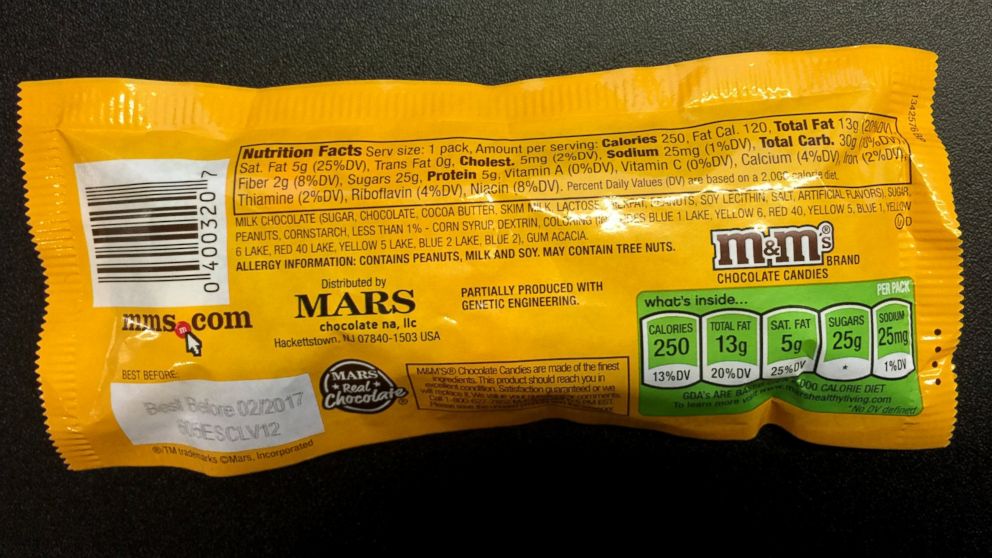


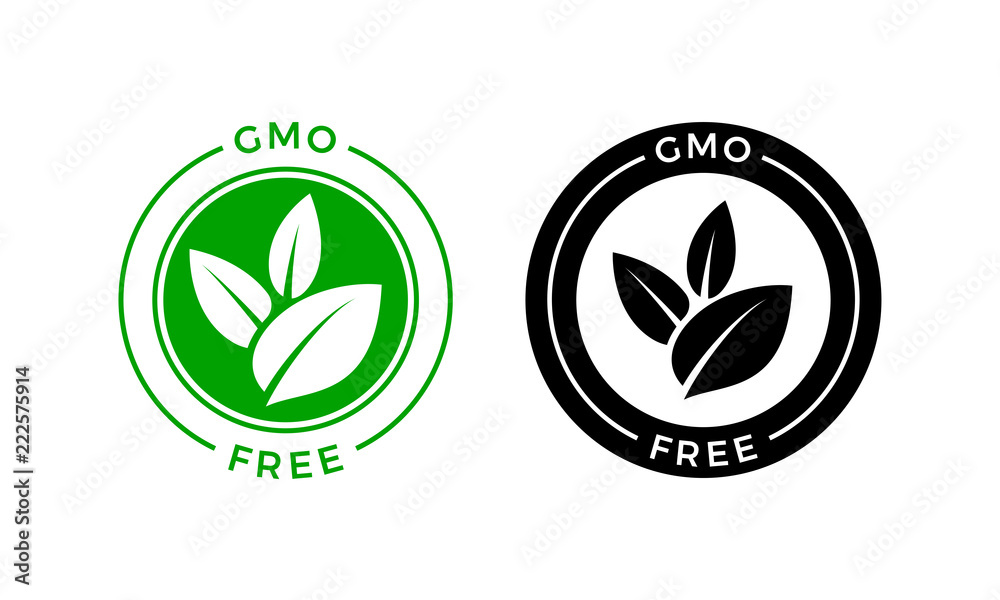
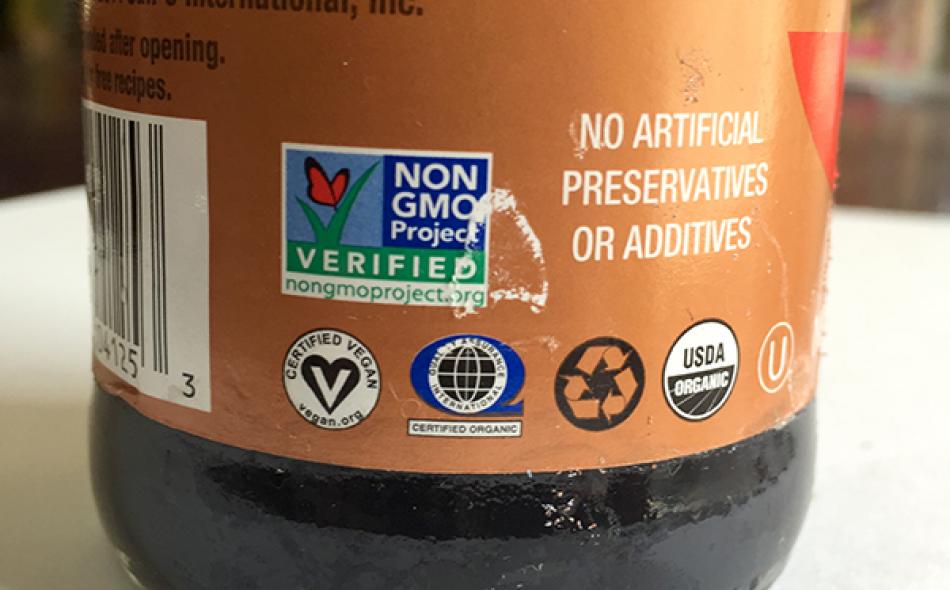

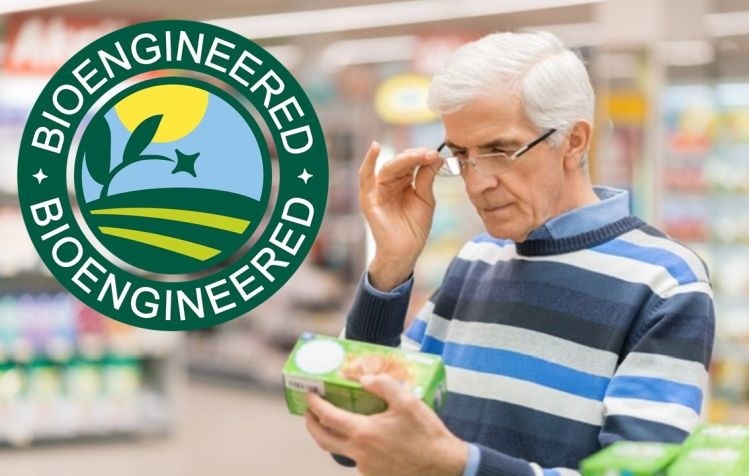
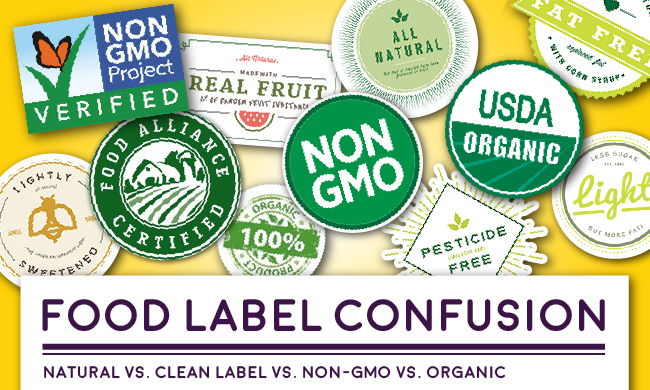


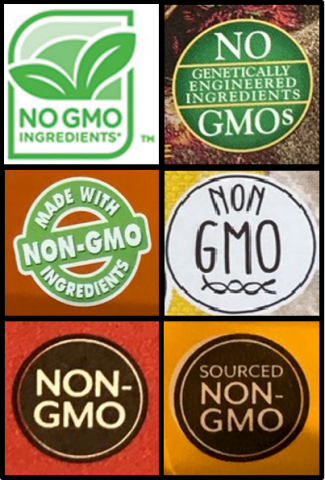

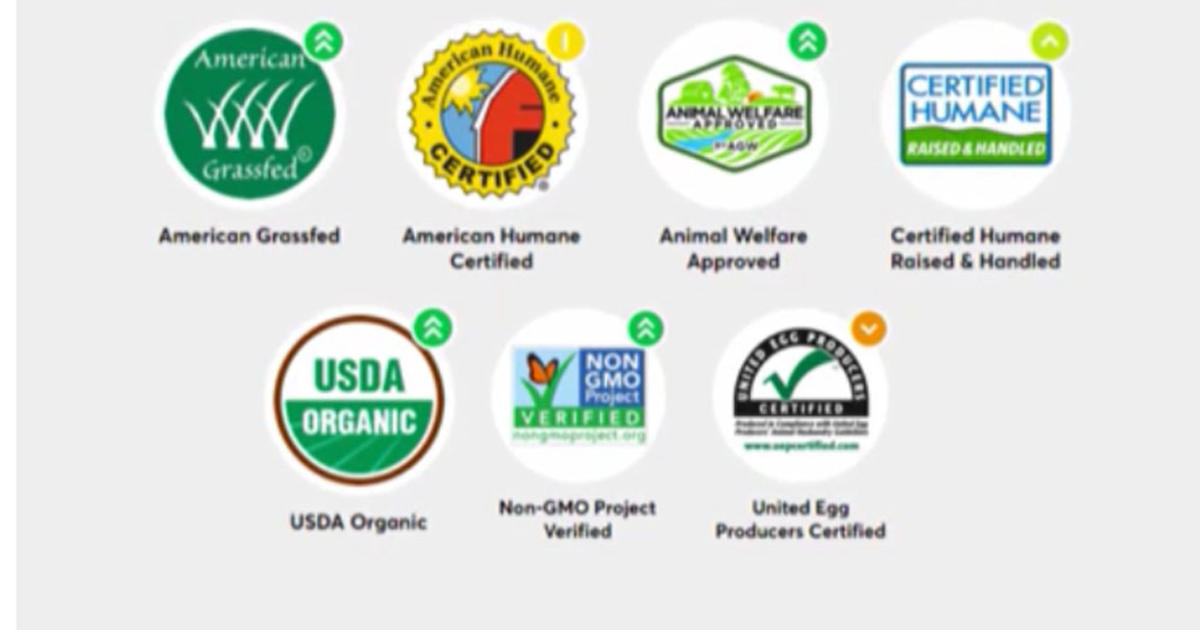
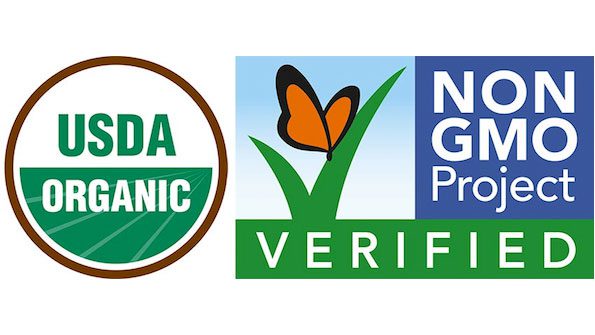
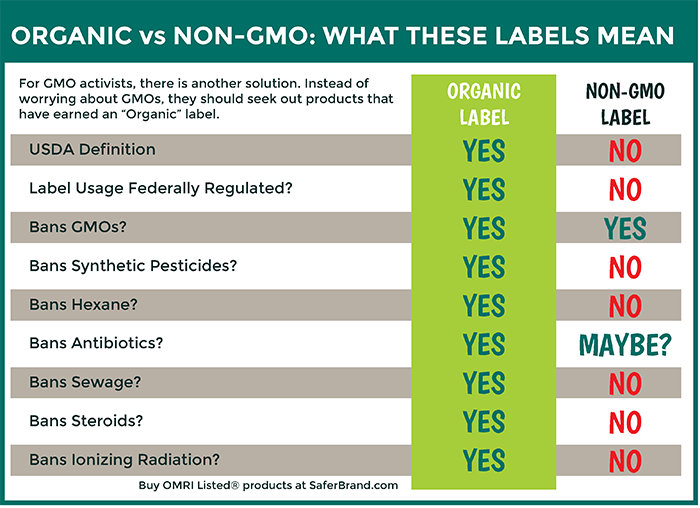








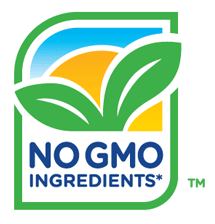
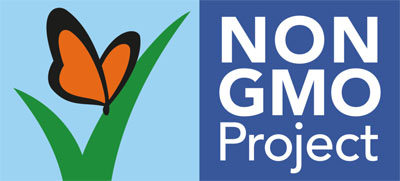

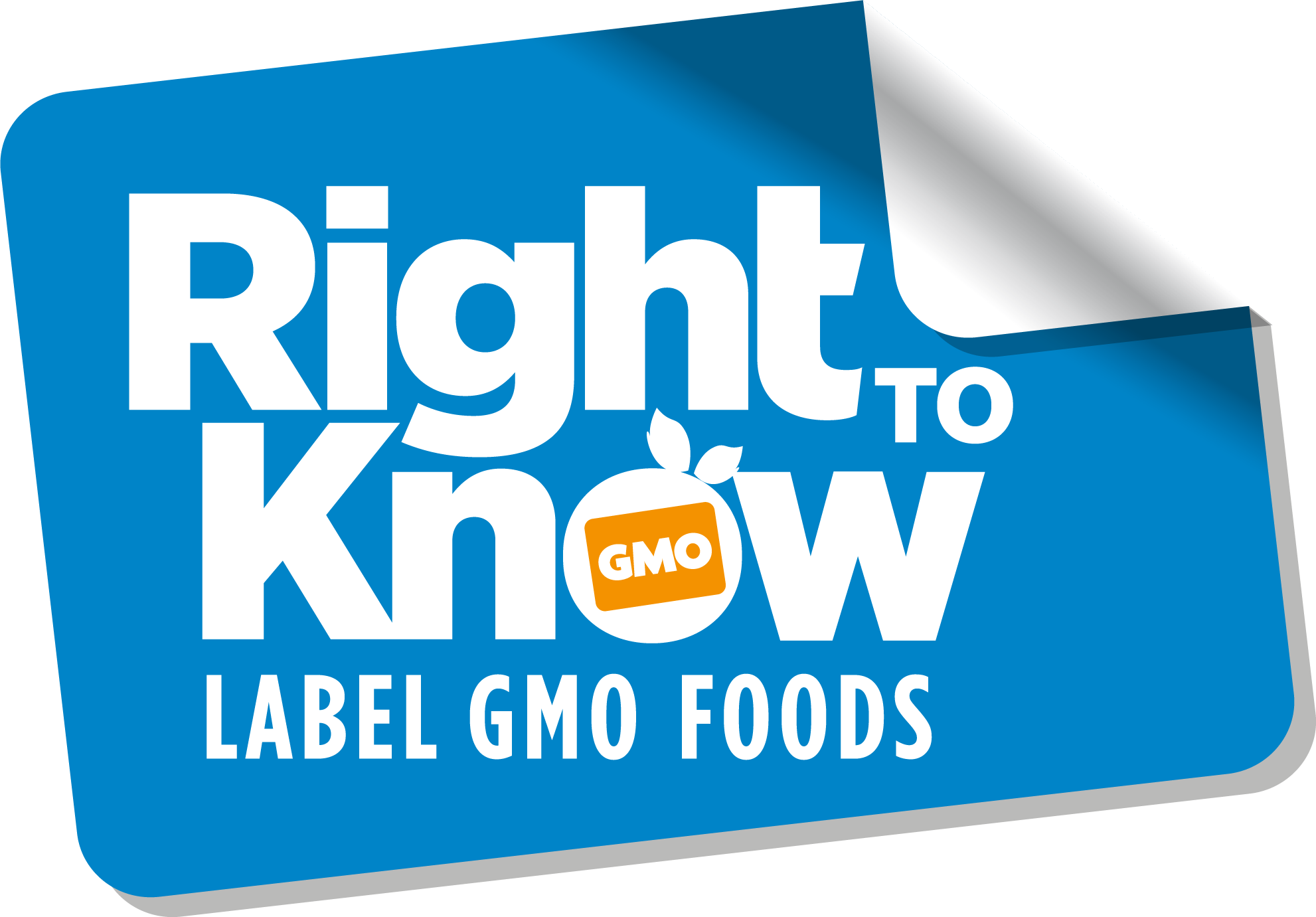
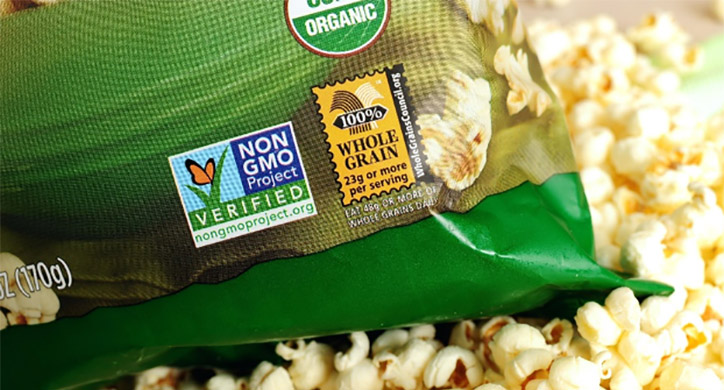






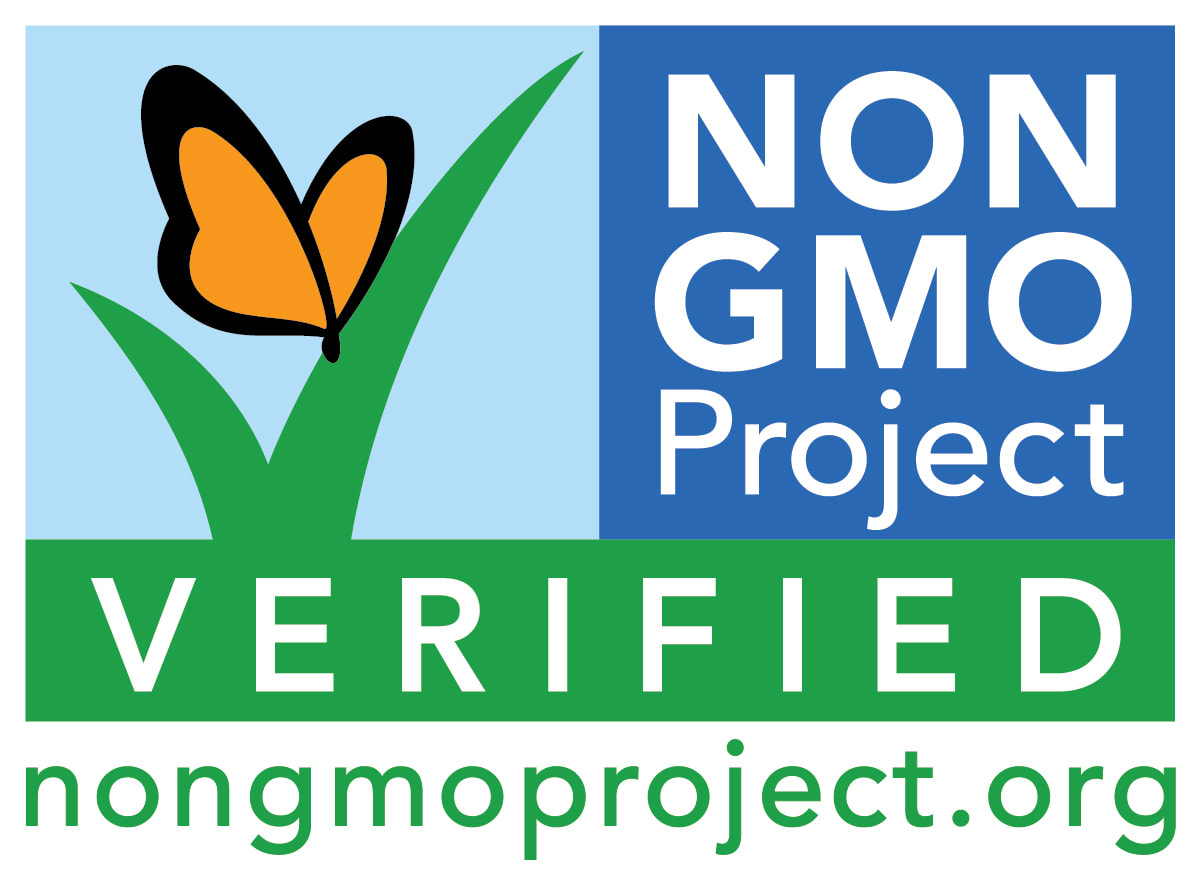


Post a Comment for "40 what are gmo labels"